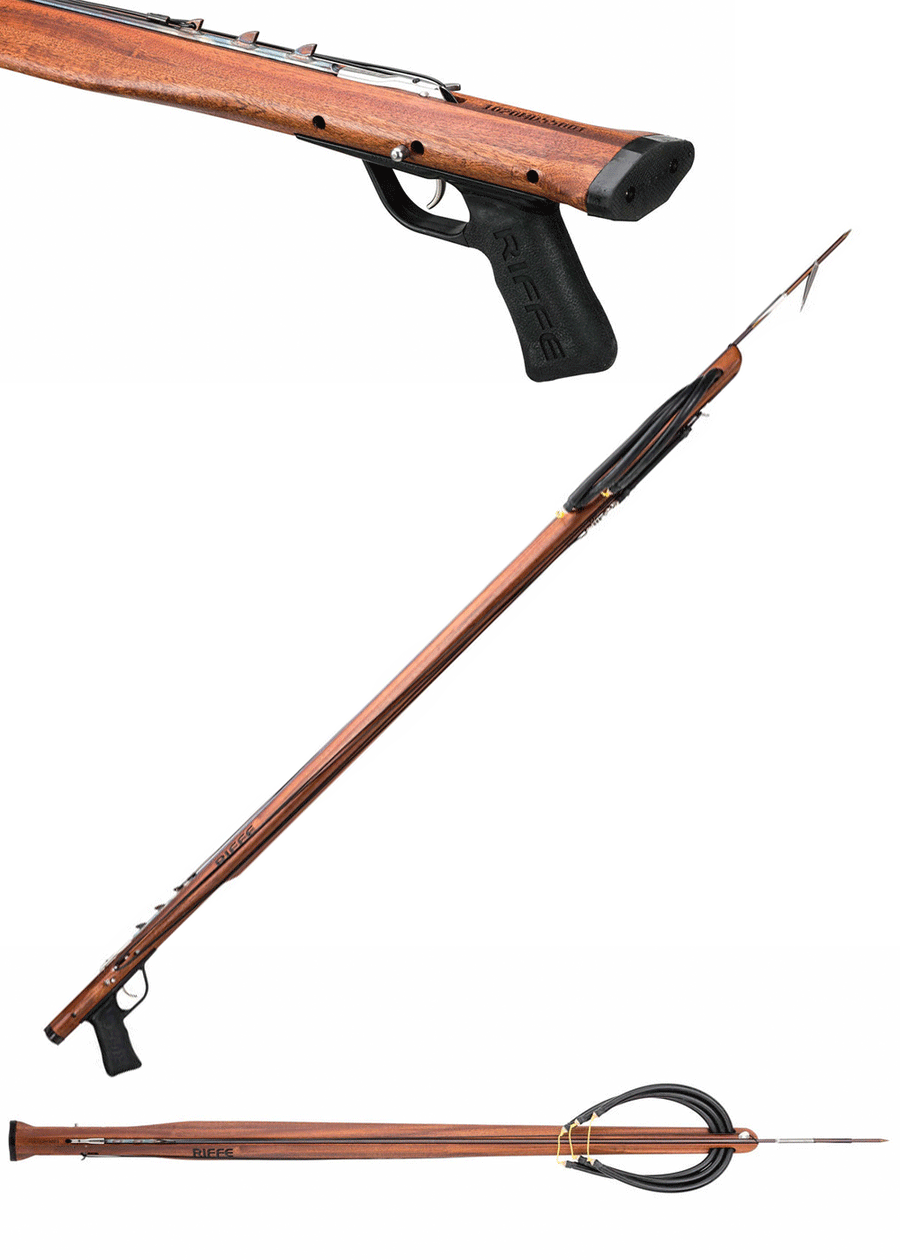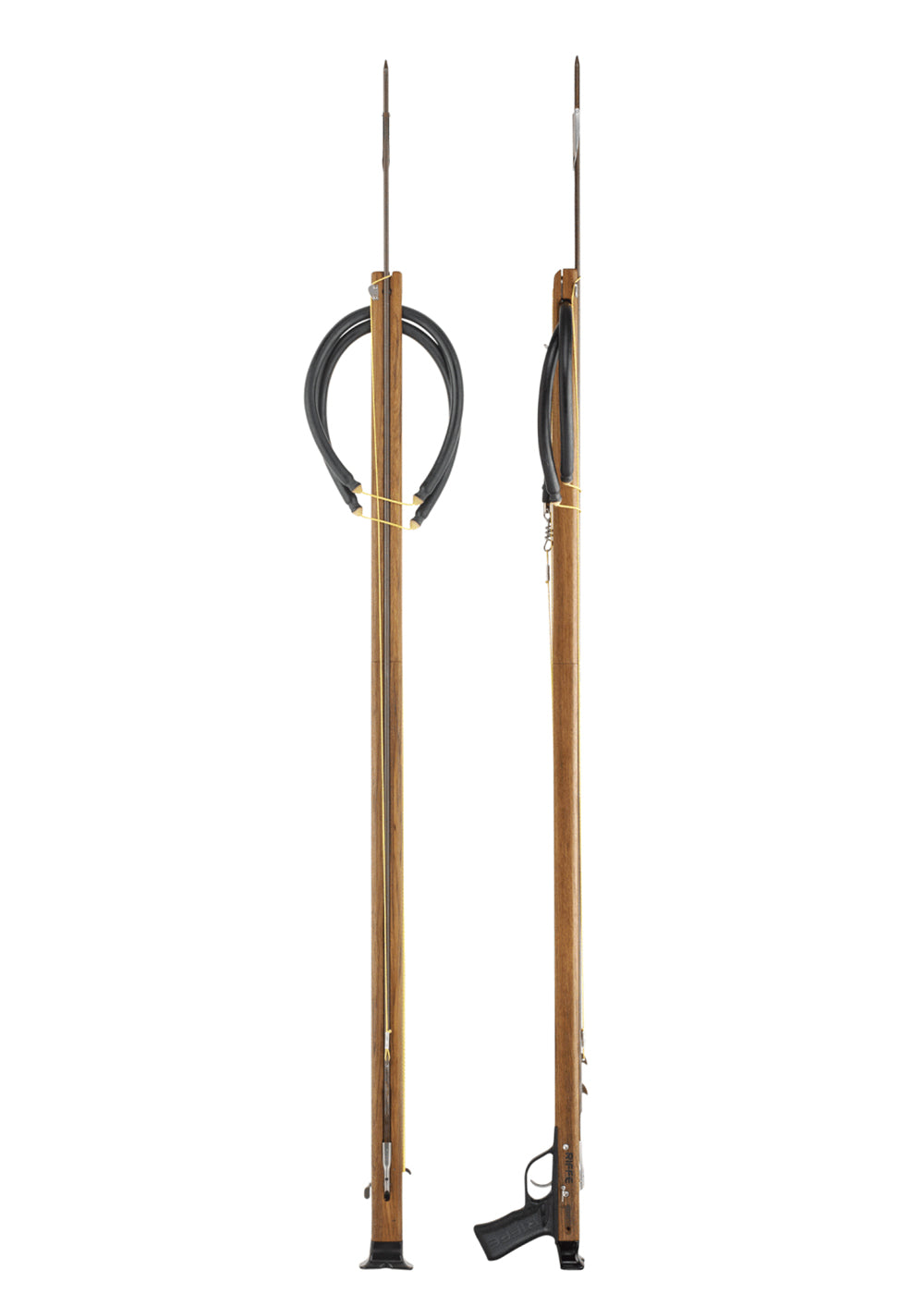
Spearguns
Choosing the right speargun for Australian diving can be challenging, especially since selecting just one isn't always the case. However, regardless of how many you intend to own, deciding on the best one involves considering several key factors. Below, we'll discuss various aspects to help simplify your decision-making process, covering types of spearguns, materials used, and optimal barrel lengths for... Read More Choosing the right speargun for Australian diving can be challenging, especially since selecting just one isn't always the case. However, regardless of how many you intend to own, deciding on... Read More
Spearguns
Choosing the right speargun for Australian diving can be challenging, especially since selecting just one isn't always the case. However, regardless of how many you intend to own, deciding on the best one involves considering several key factors. Below, we'll discuss various aspects to help simplify your decision-making process, covering types of spearguns, materials used, and optimal barrel lengths for targeting different fish sizes.
Understanding Spearguns
A speargun is a device used for underwater fishing, designed to propel a spear with enough force to effectively catch fish. The spear is attached either directly to the tip with monofilament line or to a reel spooled with Dyneema. Spearguns enable divers to efficiently and sustainably capture fish, akin to selecting dinner from a menu while swimming.
Rubber-Powered vs. Pneumatic Spearguns
There are two main types of spearguns: rubber-powered and pneumatic. Rubber-powered spearguns utilize rubber powerbands to propel the spear, offering quieter operation, easier maintenance, and greater customization options. In contrast, pneumatic spearguns rely on compressed air, making them ideal for compact settings such as tight caves or when traveling light. However, they require special loading devices and are less customizable compared to their rubber-powered counterparts.
Railguns: Enhancing Accuracy
Railguns are a specific type of rubber-powered speargun featuring a rail or track along the barrel. This design guides the spear for enhanced accuracy and stability during the shot, making them popular among spearfishers for their user-friendliness and precision.
Muzzle Varieties: Open, Closed, and Roller
Spearguns come with different muzzle types: open, closed, and roller. Open muzzles offer quick loading and improved visibility but require more skill to reload and are compatible with notched and shark fin shafts. Closed muzzles provide stability and accuracy but may take longer to load and are limited to notched shafts. Roller muzzles use a pulley system for increased power and range but are more complex, requiring additional maintenance and effort during loading.
Speargun Materials: Timber, Carbon, and Aluminium
The material of your speargun is crucial. Timber spearguns are buoyant, quiet, and aesthetically pleasing but may require more maintenance and are heavier. Carbon spearguns are lightweight, robust, and durable, though they tend to be more expensive. Aluminium spearguns are affordable, lightweight, and resistant to corrosion, though they may not be as durable as carbon over time.
Choosing the Right Speargun Length
Selecting the appropriate barrel length depends on the visibility of your dive location and the size of fish you aim to catch. Longer spearguns are suitable for clear waters and longer distances, while shorter ones are better for murky waters or smaller fish. A versatile choice for Australian conditions is a 110cm barrel, offering sufficient power for pursuing even large pelagic fish in most environments.
Armed with knowledge about speargun types, materials, muzzles, and barrel lengths, you're well-equipped for your next spearfishing expedition. Tailor your selection based on your specific needs and preferences to ensure a successful and enjoyable underwater experience.








































